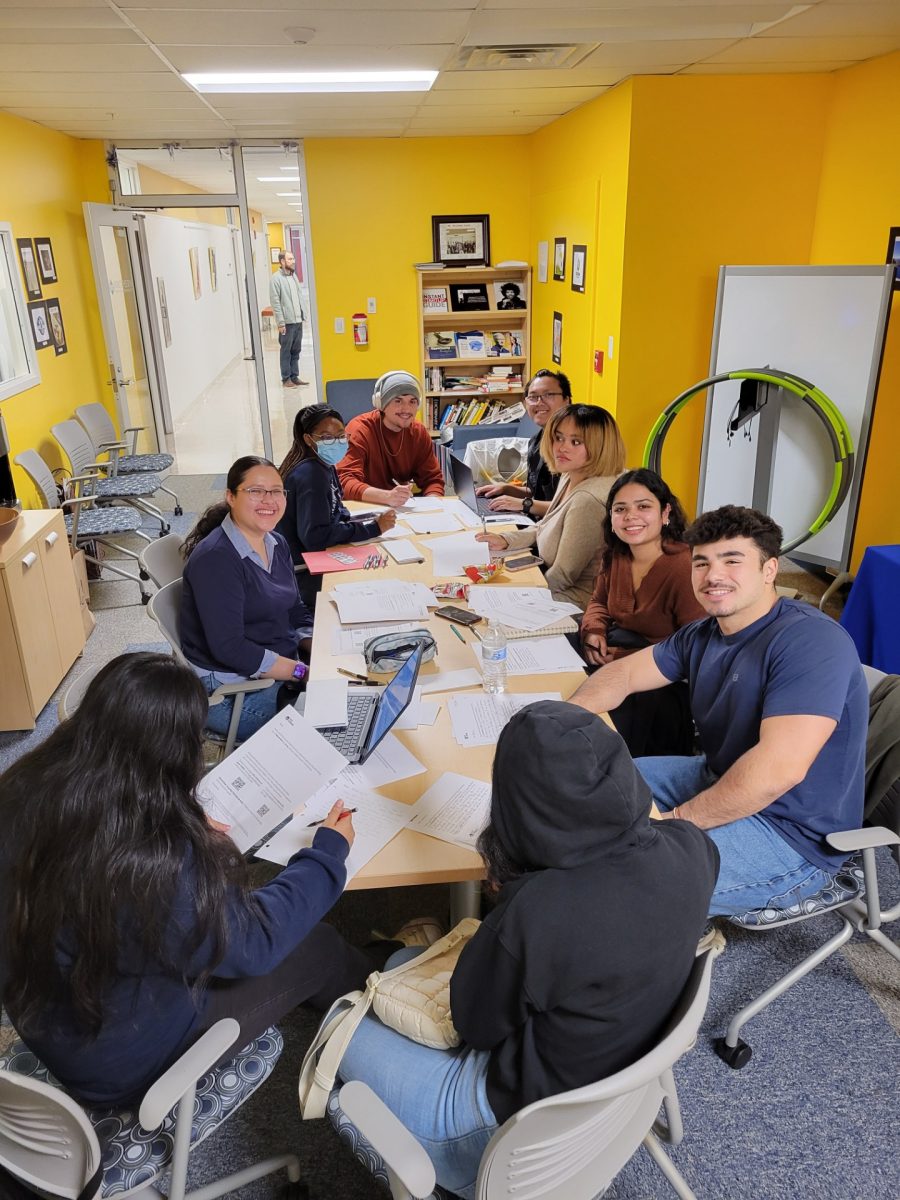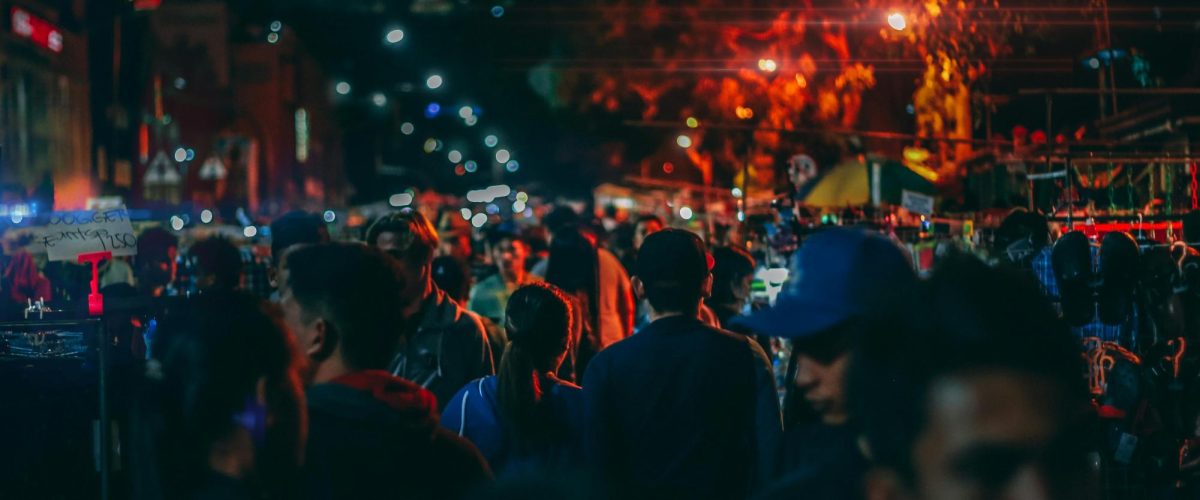Countless questions have been asked since the 1800s when the first computer was made about the level of sentience robots have. We can’t look into a robot’s perspective on life and everything that surrounds it, and we haven’t yet seen an A.I. completely defy its orders by taking actions that are outside of its programming. However, we can use biology’s six criteria of life, which all lifeforms must fit.
The first criterion is that a lifeform must have an organic system of cells made by chemicals and energy who connect with others to coordinate a system of organs; each cell and organ has its own specialized function. Robots may have parts which could act like their bodies’ “organs”, so to speak, such as their optical sensors and computer chips (which function as brains); however, robots are not made of cells but inorganic materials such as rubber, plastic, and metals.
The second criterion is that a lifeform must have a sensitivity to stimuli, such as the touch or smell of a foreign entity, that evokes an adaptive physiological reaction that adopts or rejects the stimulus’ influence. This depends on whether the stimulus is adaptive or maladaptive (if it supports or threatens an organism’s functioning). Robots do have this ability, so long as they’re programmed with the right components: they can see with cameras, hear by detecting sound waves with microphones (including ones we can’t sense like ultrasound waves) even if they can’t differentiate sources (whether it’s a bird or a plane), they can feel textures and temperatures even if they can’t determine exact contents, and they can smell and taste with spectrometers or other filters that respond to certain chemicals. A sense that people often forget is proprioception, the awareness of where one’s body is in space; robots use GPS to locate where they are in space, gyroscopes and accelerometers to detect movement and speed, and touch sensors to position themselves for different tasks. Robots’ responses to stimuli depend on what they’re specifically programmed to avoid or approach, while our biological response programming is inborn and more fixed.
The third criterion is that a lifeform must have a system of homeostasis that maintains its structure and functioning by responding and adapting to stimuli that disrupt its internal processes’ balance. The most enduring lifeforms have survived for so long as a result of their ability to adapt their methods and functions, and humans are one of them as a result of having body parts with generalized functions. They don’t have cells which can divide to heal wounds and maintain functional parts in their bodies, but they could be programmed to fix any damage or deterioration they experience if such complex action is possible in the future. Unfortunately, homeostasis exists on a microscopic level, and robots aren’t made of cells or any tiny units that regulate their own functioning. They also need to derive solutions to existential threats that aren’t pre-programmed, demanding a certain level of creativity.
The fourth criterion is that a lifeform must have metabolism: the ability to convert physical and organic materials into energy and expel waste to maintain their own cycle. They consume energy from materials and water to replenish their organic material after it’s spent and they expel waste to remove toxic by-products from the body and maintain homeostasis. Robots don’t convert organic products or water into energy, they gain power from electricity, either derived from sources like solar power, batteries, or energy outlets. Because every component they have is made of materials that can’t change form without an external influence, they can’t fulfill this crucial criterion.
The fifth criterion is that a lifeform must have a tendency to grow in size and maturity. Organisms develop new attributes and skills needed to adapt to new situations and fulfill certain goals like self-defense and reproduction. Development is directed by their genes’ instructions, which direct cellular growth that will mature them from infants to adults. Life is literally built on change; without it, a caterpillar couldn’t become a mobile butterfly and human children couldn’t develop into adults capable of pursuing careers and starting families. In order to grow, a lifeform needs not only instructions but mechanisms to change their bodies, like cells that can change their behavior to fit new roles in organic functioning. A robot cannot transform its body without installing new parts from an external and manufactured source, so it can’t grow like living beings do.
The sixth criterion is that a lifeform must have a mechanism of reproduction that propagates their species by transmitting a genetic code during the process of creating a new organism that is identical enough to its progenitor without being an exact copy. A robot could create its own copy by hand with blueprints, materials, and its own programming. However, they can only clone themselves and such clones won’t be grown but made into one form. Again, robots can’t grow or conceive developing offspring.
In conclusion, robots may fulfill certain criteria like the ability to detect and respond to sensory stimuli as well as the ability to maintain their own functioning. However, they fail to metabolize matter, grow, reproduce, and have a system of cells that make up their functioning parts. The lack of metabolizing cells is the main reason why they can’t grow by converting energy from one form to another or reproduce. To summarize the quality of life, it is the ability to change form, be it in converting energy to sustain one’s physical functioning or create a new person from your genes.
Recently, a new scientific advancement has been made in developing “living” robots: Xenobots. Invented in 2020, They can reproduce by self-replication, but it’s worth noting that they were made from frog cells, which are organic material. Researchers have been able to program the ability to make children to some degree, and we may develop sentient robots made from organic material after years of complex programming. However, we may conclude that if robots cannot be alive without organic material, then they simply were never alive at all and only organisms can be alive.


























